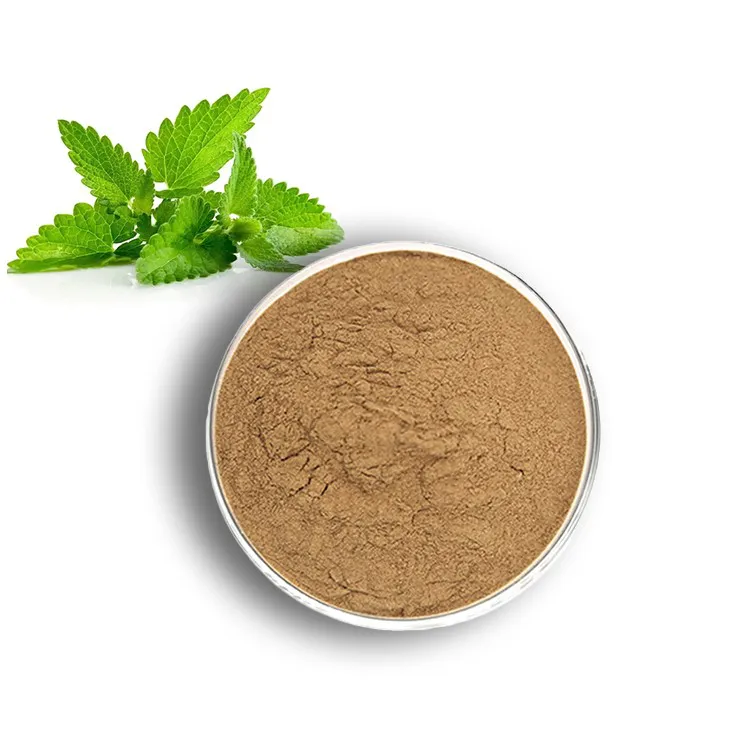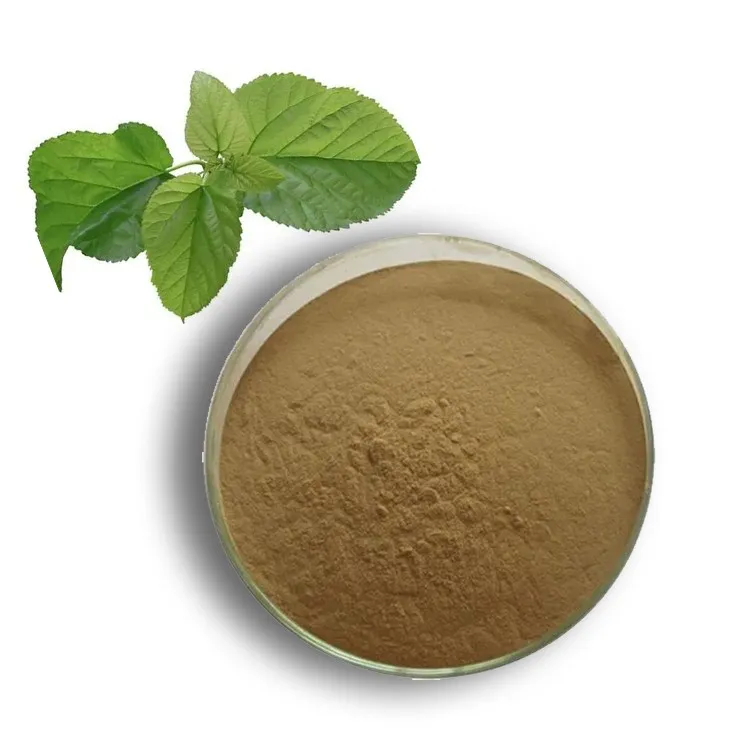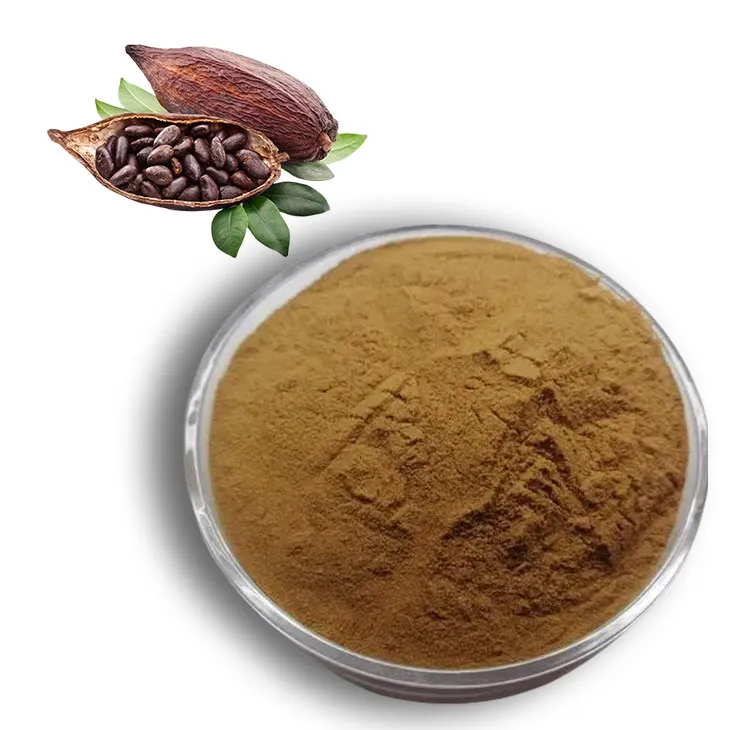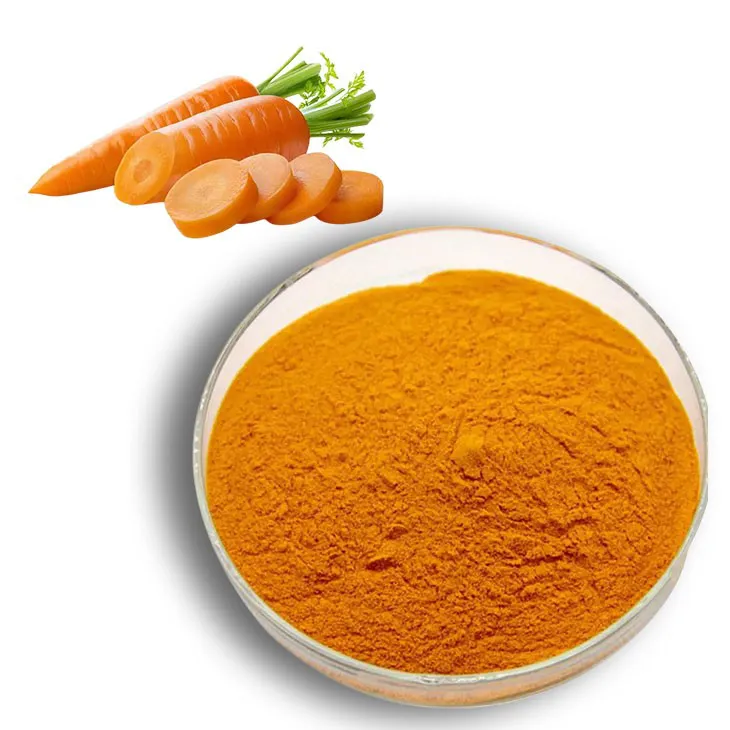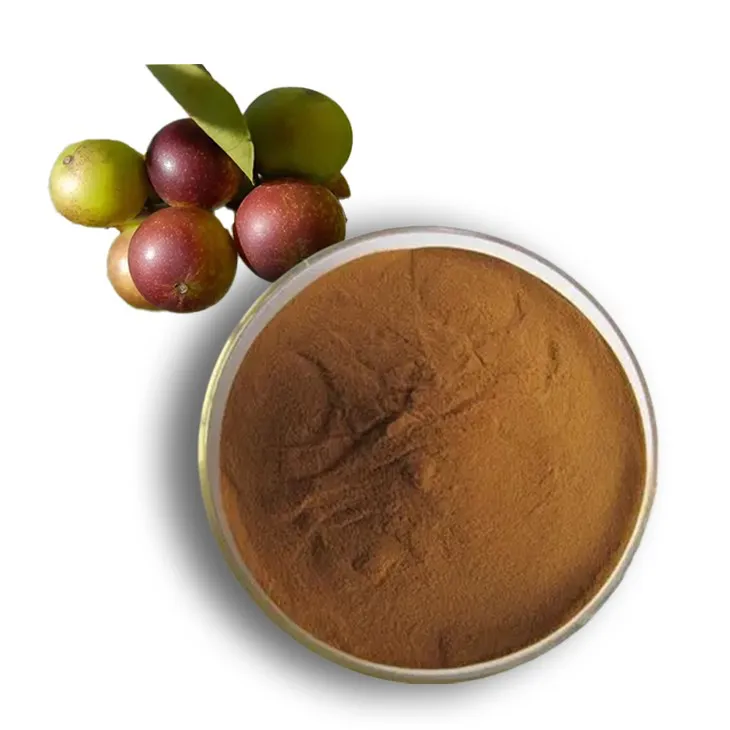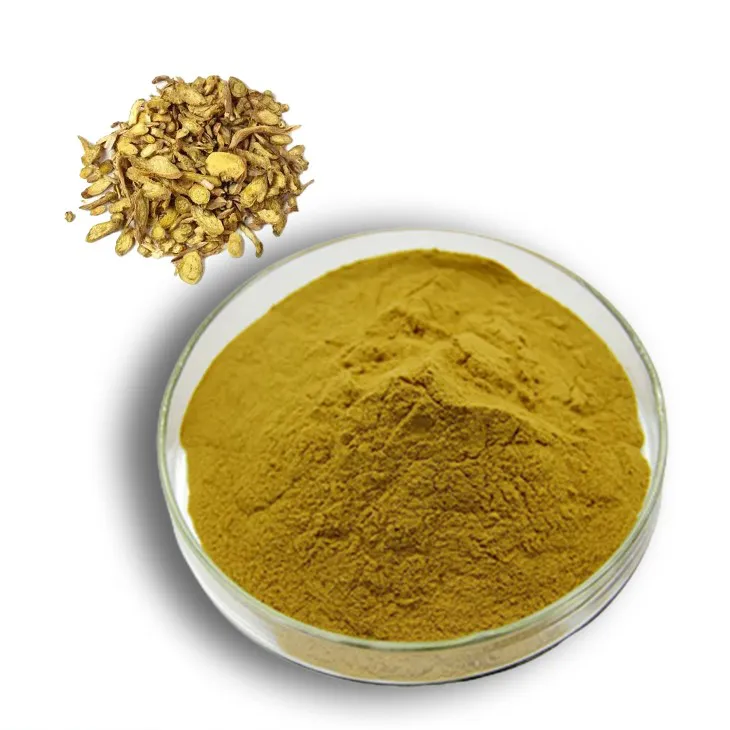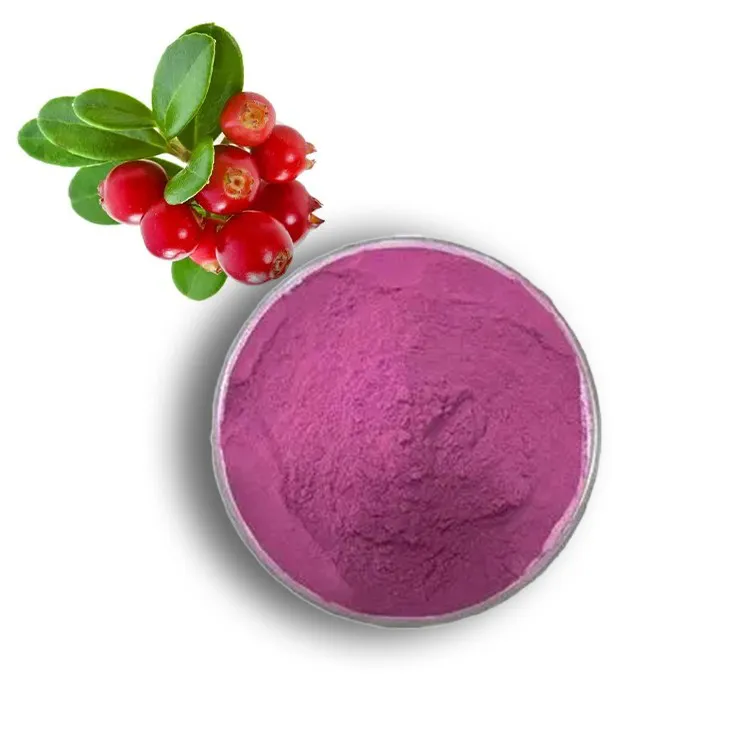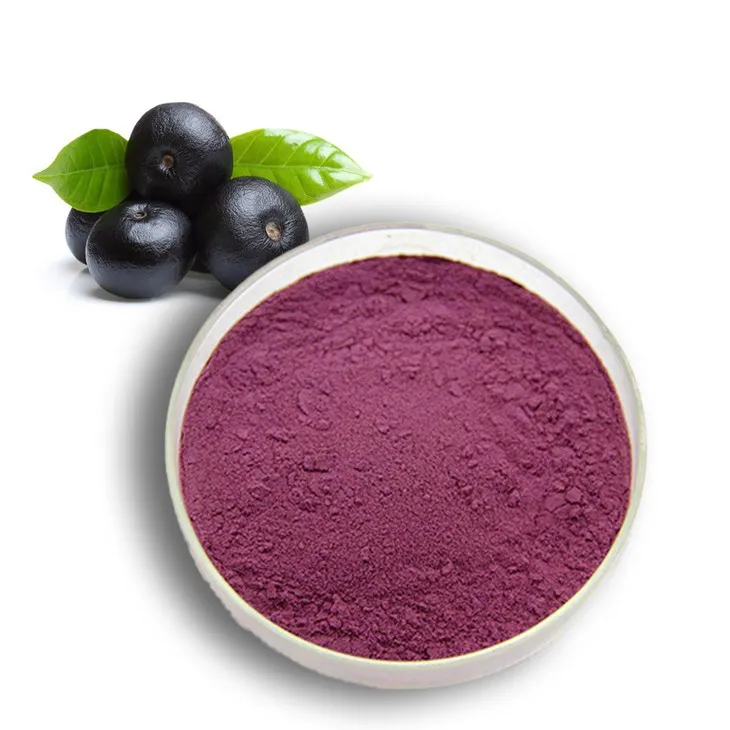- 0086-571-85302990
- sales@greenskybio.com
Innovating for the Future: Emerging Technologies and Prospects in Alfalfa Meal Processing
2024-07-04
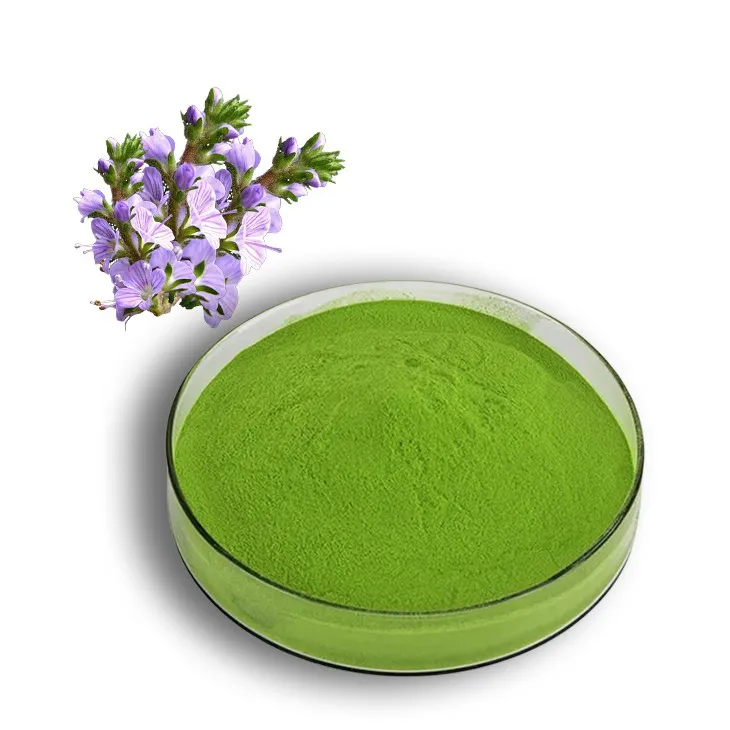
1. Introduction
Alfalfa Meal has long been recognized as an important component in animal feed due to its rich nutritional profile. It contains proteins, vitamins, minerals, and other beneficial substances. However, traditional processing methods may have limitations in terms of nutrient preservation, product quality enhancement, and overall competitiveness in the market. With the rapid development of technology, emerging technologies are now starting to reshape the Alfalfa Meal processing industry. This article aims to explore these novel technologies and their potential future prospects.
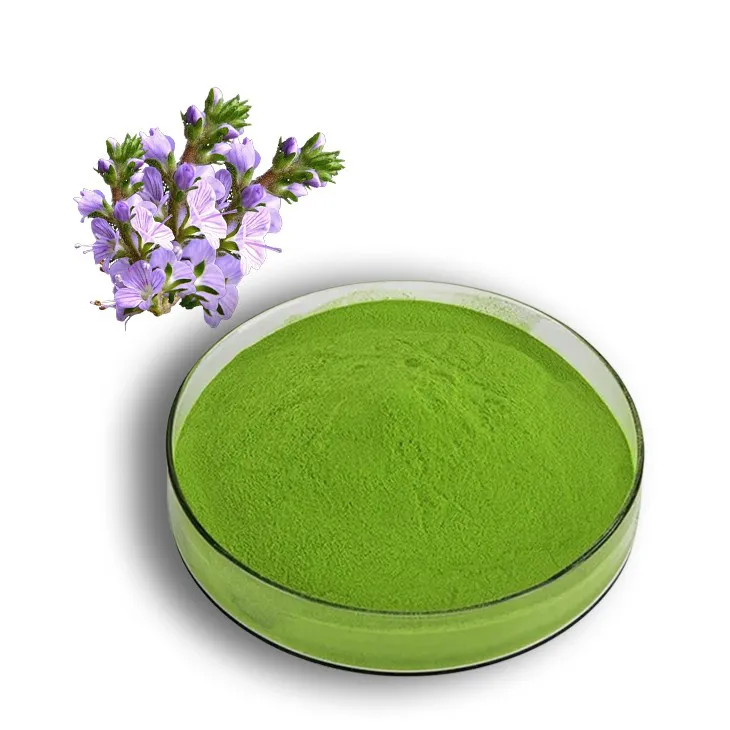
2. Emerging Technologies in Alfalfa Meal Processing
2.1 Nanoparticle - Based Delivery Systems for Nutrients in Alfalfa Meal
Nanoparticle - based delivery systems represent a cutting - edge technology in alfalfa meal processing. Nanoparticles can be engineered to encapsulate and protect nutrients present in alfalfa meal. For example, certain vitamins and minerals in alfalfa are sensitive to environmental factors such as heat, light, and oxygen. By encapsulating these nutrients within nanoparticles, their stability can be significantly enhanced.
These nanoparticles can be designed with specific properties to target particular sites in the animal's digestive system. This targeted delivery system ensures that the nutrients are released at the optimal location for absorption, maximizing their utilization by the animal. Moreover, nanoparticles can also improve the solubility of some nutrients, which may be otherwise poorly soluble in the animal's digestive tract. This not only enhances the nutritional value of alfalfa meal but also reduces the amount of feed required to meet the animal's nutritional needs.
2.2 High - Pressure Processing for Preservation
High - pressure processing (HPP) is another emerging technology with great potential in alfalfa meal preservation. Traditional preservation methods such as heat treatment may cause some loss of nutrients and alteration of the physical and chemical properties of alfalfa meal.
In contrast, HPP applies high pressure (usually in the range of several hundred megapascals) to alfalfa meal. This pressure treatment can inactivate spoilage - causing microorganisms and enzymes without significantly affecting the nutritional content. The process is carried out at relatively low temperatures, which helps to preserve the heat - sensitive nutrients such as vitamins and certain amino acids. Additionally, HPP can also improve the texture and storage stability of alfalfa meal, making it more suitable for long - term storage and transportation.
2.3 The Use of Artificial Intelligence in Quality Control
Artificial intelligence (AI) is making its mark in the quality control of alfalfa meal processing. AI - based systems can be used to analyze various quality parameters of alfalfa meal, such as nutrient composition, moisture content, and presence of contaminants.
For instance, machine learning algorithms can be trained to recognize patterns in spectroscopic data, which can be used to accurately determine the nutrient levels in alfalfa meal. AI - driven imaging systems can also detect physical defects or foreign particles in the meal. By implementing AI in quality control, processors can ensure consistent product quality, reduce waste, and improve overall production efficiency.

3. Benefits of Emerging Technologies
These emerging technologies bring several significant benefits to alfalfa meal processing.
- Improved Product Quality: The use of nanoparticle - based delivery systems enhances the availability and stability of nutrients, while high - pressure processing preserves more nutrients and improves the texture. AI - based quality control ensures that only high - quality products reach the market.
- Enhanced Competitiveness: By improving product quality, alfalfa meal processed with these emerging technologies can stand out in the market. It can attract more customers, including those who are more conscious about the quality of animal feed. Additionally, the improved storage stability and reduced waste can also lower production costs, further enhancing competitiveness.
- Meeting Consumer Demands: As consumers become more aware of the quality of animal products, there is an increasing demand for high - quality animal feed. These emerging technologies enable alfalfa meal processors to meet these demands by providing more nutritious and safer feed options.

4. Future Prospects
4.1 Rising Consumer Awareness of Healthy Animal Products
Consumers are increasingly concerned about the health and safety of animal products they consume. This has led to a growing demand for animal feed that is free from contaminants and rich in high - quality nutrients. Alfalfa meal processors need to be aware of this trend and continue to invest in emerging technologies to meet these consumer expectations.
For example, consumers may prefer animal products from animals fed with alfalfa meal processed using nanoparticle - based nutrient delivery systems, as they believe that such animals may have better health and produce higher - quality products. This consumer awareness can drive the further development and adoption of emerging technologies in alfalfa meal processing.
4.2 Emerging Trends in Alfalfa Meal Research and Development
There are several emerging trends in alfalfa meal research and development that are likely to shape the future of the industry.
- Genetic Modification: Scientists are exploring the possibility of genetically modifying alfalfa plants to enhance their nutritional content or improve their resistance to pests and diseases. This could potentially lead to the production of alfalfa meal with even higher nutritional value.
- Combination of Technologies: Future research may focus on combining different emerging technologies. For instance, the combination of nanoparticle - based delivery systems and high - pressure processing could result in an even more effective alfalfa meal product. By integrating these technologies, processors may be able to achieve optimal nutrient preservation, targeted delivery, and enhanced product quality.
- Green Processing: With the increasing emphasis on environmental sustainability, there is a trend towards developing "green" processing methods for alfalfa meal. This could involve reducing energy consumption, minimizing waste generation, and using more environmentally friendly packaging materials. Emerging technologies will need to be adapted to meet these environmental requirements.
5. Challenges and Solutions
Despite the numerous benefits and promising future prospects, the adoption of emerging technologies in alfalfa meal processing also faces some challenges.
- Cost: Many emerging technologies, such as nanoparticle - based systems and high - pressure processing equipment, can be expensive to implement. This may pose a barrier for small - and medium - sized alfalfa meal processors. To address this, research and development efforts should focus on reducing the cost of these technologies through innovation and scale - up production.
- Regulatory Hurdles: Some emerging technologies may face regulatory challenges. For example, the use of nanoparticles in animal feed may require strict regulatory approval to ensure their safety. Alfalfa meal processors need to work closely with regulatory authorities to ensure compliance and promote the acceptance of these new technologies.
- Technical Expertise: Implementing these emerging technologies requires a certain level of technical expertise. Workers may need to be trained to operate new equipment and understand new processing methods. Collaboration between industry and educational institutions can help to bridge this gap by providing relevant training programs.
6. Conclusion
Emerging technologies such as nanoparticle - based delivery systems, high - pressure processing, and artificial intelligence in quality control are revolutionizing alfalfa meal processing. These technologies offer new opportunities to improve product quality, enhance competitiveness, and meet the growing consumer demands for healthy animal products. Although there are challenges in their adoption, with continued research, innovation, and cooperation between different stakeholders, the future of alfalfa meal processing looks promising. As the industry moves forward, it is essential to keep an eye on emerging trends in research and development and adapt to the changing market and regulatory environment.
FAQ:
What are the main emerging technologies in alfalfa meal processing?
The main emerging technologies in alfalfa meal processing include nanoparticle - based delivery systems for nutrients, high - pressure processing for preservation, and the use of artificial intelligence in quality control.
How does nanoparticle - based delivery system improve alfalfa meal?
The nanoparticle - based delivery system can enhance the delivery of nutrients in alfalfa meal. It can help in more efficient and targeted release of nutrients, which may lead to better absorption by animals, thus improving the overall quality of alfalfa meal as a feed product.
What role does high - pressure processing play in alfalfa meal preservation?
High - pressure processing is an effective method for alfalfa meal preservation. It can kill harmful microorganisms, such as bacteria and fungi, without the use of excessive heat or chemical preservatives. This helps to maintain the nutritional value and freshness of alfalfa meal for a longer period.
How can artificial intelligence be applied in the quality control of alfalfa meal?
Artificial intelligence can be used in quality control of alfalfa meal in several ways. For example, it can analyze images of alfalfa meal to detect impurities or signs of spoilage. It can also process data from sensors that monitor factors like moisture content and nutrient levels during processing, ensuring that the final product meets the required quality standards.
What are the future prospects of alfalfa meal processing?
The future prospects of alfalfa meal processing are promising. With the increasing consumer awareness of healthy animal products, there will be a greater demand for high - quality alfalfa meal. Emerging trends in research and development, such as the exploration of new processing technologies and the improvement of existing ones, will also contribute to the competitiveness and development of alfalfa meal processing industry.
Related literature
- Advances in Alfalfa Meal Nutritional Analysis"
- "Emerging Trends in Feed Processing Technologies: Focus on Alfalfa Meal"
- "The Impact of New Technologies on Alfalfa Meal Quality and Marketability"
- ▶ Hesperidin
- ▶ Citrus Bioflavonoids
- ▶ Plant Extract
- ▶ lycopene
- ▶ Diosmin
- ▶ Grape seed extract
- ▶ Sea buckthorn Juice Powder
- ▶ Fruit Juice Powder
- ▶ Hops Extract
- ▶ Artichoke Extract
- ▶ Mushroom extract
- ▶ Astaxanthin
- ▶ Green Tea Extract
- ▶ Curcumin
- ▶ Horse Chestnut Extract
- ▶ Other Product
- ▶ Boswellia Serrata Extract
- ▶ Resveratrol
- ▶ Marigold Extract
- ▶ Grape Leaf Extract
- ▶ New Product
- ▶ Aminolevulinic acid
- ▶ Cranberry Extract
- ▶ Red Yeast Rice
- ▶ Red Wine Extract
-
Lemon Balm Extract
2024-07-04
-
Mulberry leaf Extract
2024-07-04
-
Bamboo Leaf extract
2024-07-04
-
Cocoa Extract
2024-07-04
-
Beta Carotene
2024-07-04
-
Camu Camu Extract
2024-07-04
-
Baicalin
2024-07-04
-
Europen Bilberry Extract
2024-07-04
-
Acai Berry Extract
2024-07-04
-
Selenium yeast
2024-07-04











